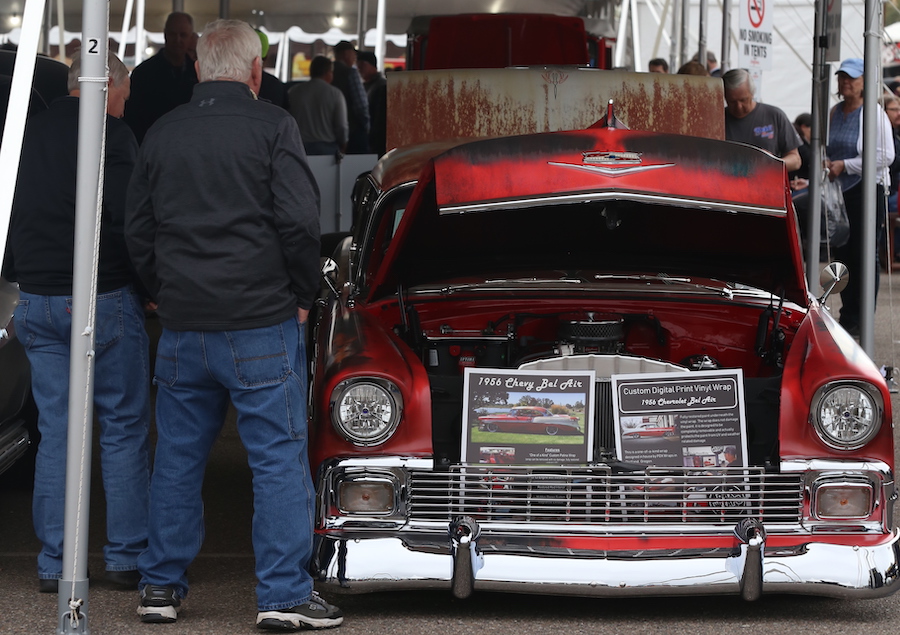
Old cars are a great place to spend your time, especially when you have a lot of time. A project car can suck up a year or more of your life, which if we’re being honest is not such a bad thing right now. The guy everyone loves to hate — you know him, he’s got a ’69 Charger, ’70 Mustang fastback or ’55 Bel Air half buried in weeds and will “get to it someday” — is starting to look pretty smart right about now.
But, while a project seems like a not-so-bad idea right now, even if you spend a bit more than the car is worth doing it, a restored car is going to make more sense to own as soon as social distancing measures are lifted.
The life-is-short side of all of us is going to want to get out and drive — right now. We’re all going to be tired of being in our garages and houses. You can’t drive a project car that’s still blown apart, and you’ll want to.
We don’t really know when things will ease back to normal, so unless your project is almost complete, you’ll probably need something else to drive in the not-too-distant future.
Where to these things cross? At those first few auctions post-COVID, where recently garage-restored cars are offered to a hungry market. But you’ll need to be careful, as not all restorations are created equal. Here’s what I’d be looking for:
Mechanical Restorations
The Barn Find is dead. Patina is the new king and has been for a while, as buyers have finally figured out that most barn-found cars were crammed into storage and forgotten for a reason. A patina car gives the feeling of time passed — the romance of a barn car — while also allowing for some restoration work underneath to make it actually functional and even comfortable.
So with that, my first stop is original paint and interior cars that have clean engine compartments, brake upgrades, and all the right paperwork. You want ownership history, receipts from years past, and evidence of recent work that have made a car usable. That thin original paint, showing years of washing, is impossible to duplicate, and there is a market for it in the rubble of the barn find movement.
Seek: Original paint, untouched interiors, straight panels.
Avoid: Rust, grubby mechanicals, too many speed parts.
Rule of thumb: For an end-user, an offbeat example with the right condition may be a better buy than a mainline model with needs.
Complete Restorations
Life is short. Why not have fun with something shiny?
We’ve always said that buying a car complete is cheaper than completing it yourself, but if you’re not careful here, you’ll have the worst of both worlds — a car you paid up for because it was “done,” but with needs that have to be redone at your additional expense.
Watch out for restored cars that don’t have any documentation of the process — especially the paint and body. Rust repair isn’t fun for most of us, and there are a lot ways to hide not-so-great handiwork. Don’t get hung up on where the work was done — garage jobs can really be nice, especially if they’re priced right — but don’t ignore the basics of body fit, color match, straight panels, etc.
The most challenging step to a resto is often making all those parts work together, and a lot of guys dump their cars before they’ve finished that step. Don’t fall for “zero miles since restoration” as a bonus.
Seek: Cars with miles post-restoration. Great cosmetics backed up with good mechanicals. Leak-free engine compartments. Cars with hundreds of photos of the resto process.
Avoid: Anything at all suspect. It’s a buyer’s market out there.
Rule of thumb: You may not need a high-end show-winner to have fun, but be sure you’ve adjusted what you’re paying to the car’s true condition.
Any other tips to consider? Let’s talk about them below.